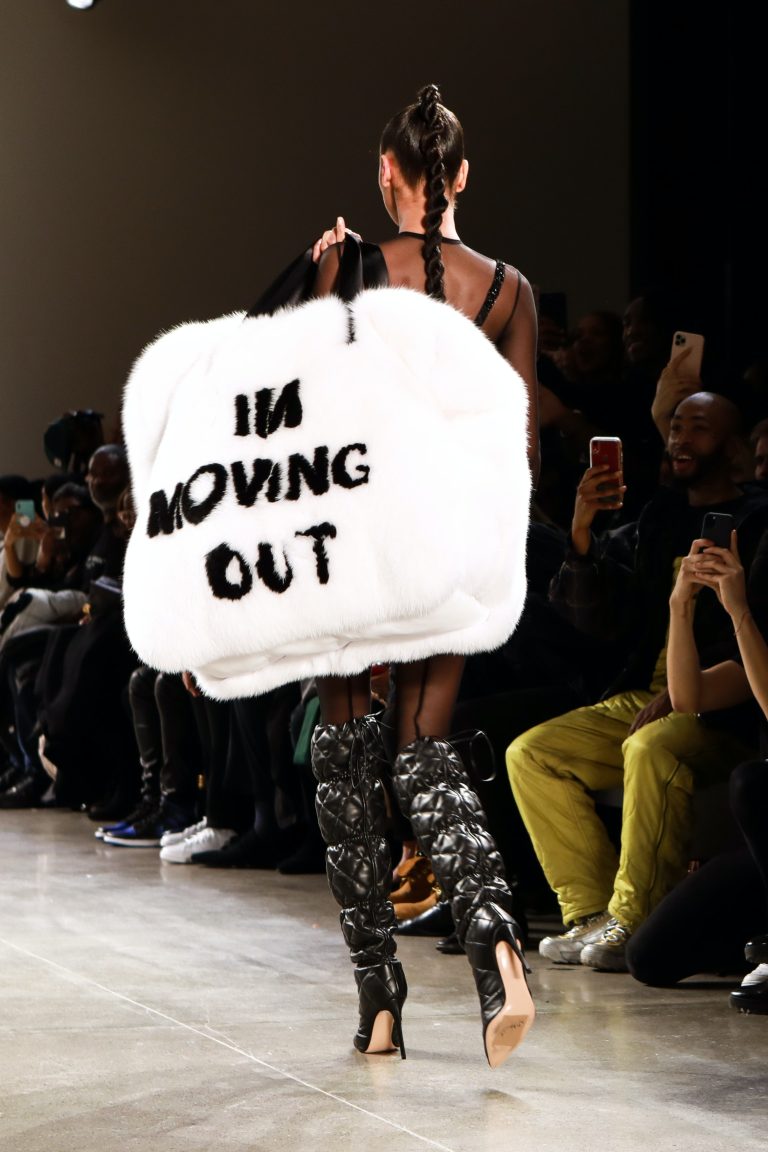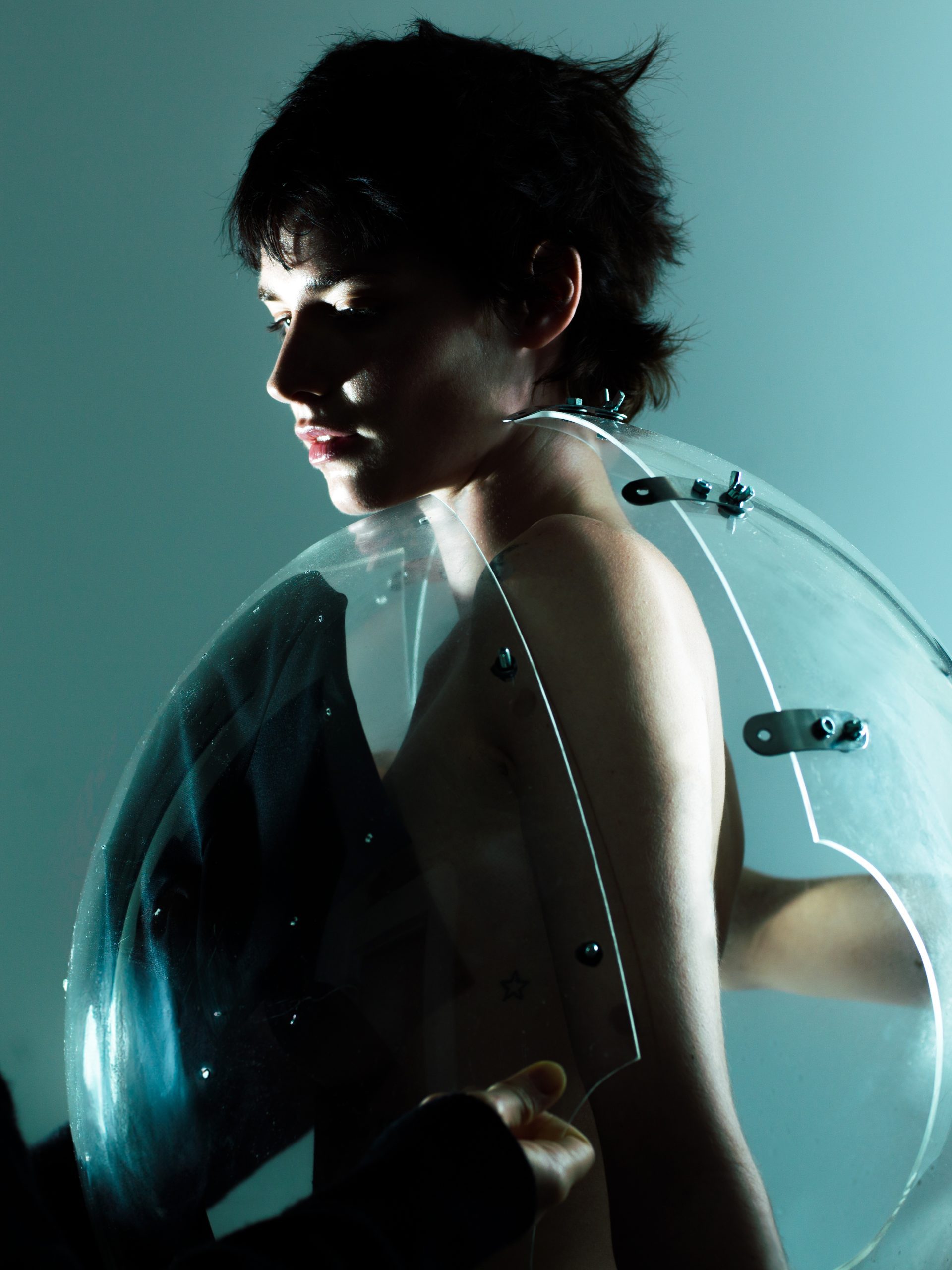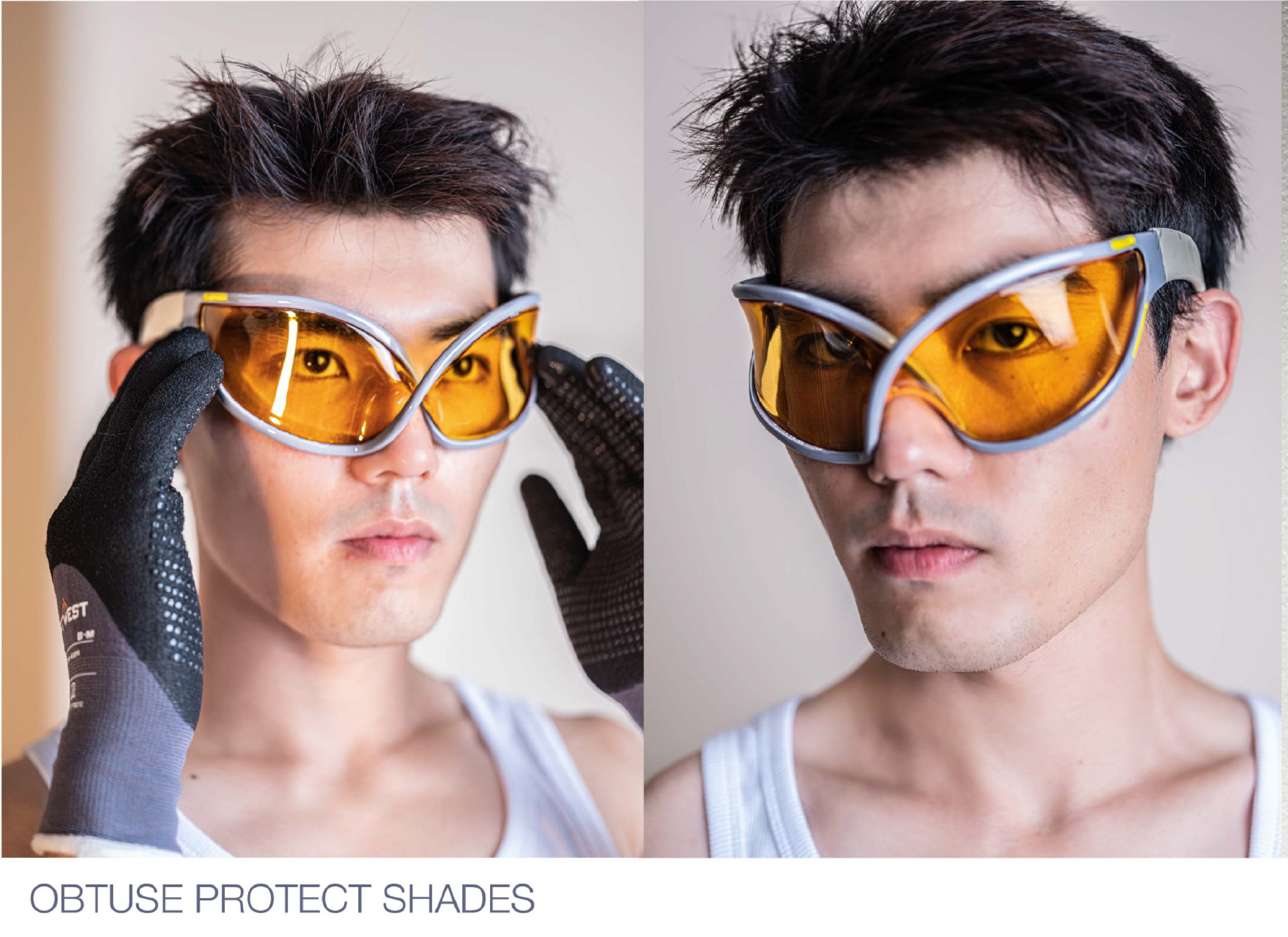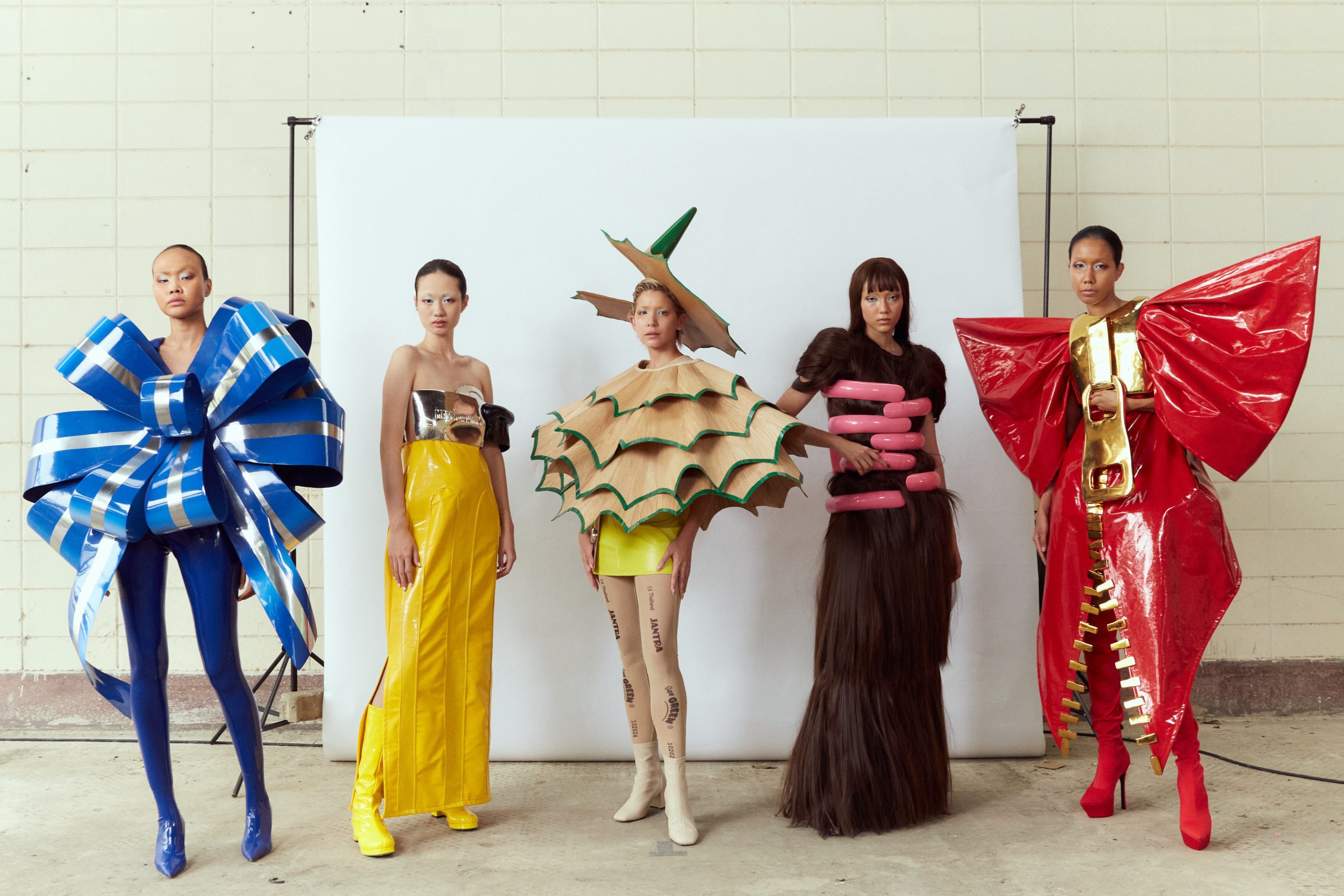Lavish garments, glossy magazine covers, runways and global travel are some alluring quintessences of an industry founded in 1853 by “the father of haute couture”, Charles Frederick. With the opulence and glamour offered by this fashion world, the modelling industry began to boom in the mid 1900s, with Ford Models being the first modelling agency to step onto the scene. Modelling became a means of bringing garments, products, and even places to life. It’s an art form that allows the viewer to see how fabric drapes and flows with each stride, but over the years, there’s one thing the viewer has struggled to see – themselves. While the industry is rapidly shifting towards a golden horizon of inclusivity, safety and fairness, there’s still an uncertain journey ahead.
When in a safe and supportive environment, modelling feels like painting on a canvas within the bounds of a prompt. It feels like a seamless, fluid dance between one and the photographer, where you feel confident, understood and free to express the truest versions of oneself. It can inspire, ignite the imagination, challenge and leave the anticipation of wanting to do it all over again the next day. Sadly, in the modelling world, there are no guarantees.
Etched into casting room floors and studios are decades upon decades of horrific, unshakeable memories. For too long the industry has been associated with harsh working conditions, bullying, sexual assault, racism, discrimination, and trafficking. Bills are being passed to protect models all over the world from the horrors of history repeating itself, but it’s indisputable that more needs to be done. As a model, I’ve witnessed, heard and experienced the potential of how unforgiving and cut-throat the industry can be.
Overcoming insecurity in a society wrought with unrealistic standards of beauty is hard enough. The challenge becomes increasingly burdensome when one sets foot on a shoot that delivers a surface message of “embracing natural beauty”, only to find that weeks later the images have been photoshopped to unrecognisable heights. Smaller waist, smaller nose, bigger lips. Often, the result plastered over social media is an entirely different person. Yet that distorted version is the very one which countless younger girls will see and dream of becoming. It’s a devastating domino effect.
A PEEK INTO THE EYE-OPENING VOGUE DOCUSERIES
‘The Models’, is a four-part Vogue docuseries directed by Shaina Danziger, that sheds light on the “realities of life in front of the camera”. From this series, Australian model Sarah Stephens, recounted a casting she attended in London at the age of 17, describing that in a room full of people, a designer asked her to change without a changing room. After undressing, Stephens was met with a snicker followed by the statement, “that’s not going to work”, in reference to her body and was then left alone in the room naked.
Model Shannon Rusbuldt, met a new girl on set who asked if it was normal that her agency proposed that she go on a date with a man in exchange for compensation.
At the age of 15/16 in Paris, Chanel Iman was told she couldn’t go up after waiting for a runway show casting because they already found “a girl of her kind”.
TALES OF MISTREATMENT AND DISCRIMINATION
After speaking with a few models and reading the ever-growing list of admissions online, the true extent of what still lingers in the industry was revealed. As a model myself, I’ve witnessed and experienced some of the discomfort and injustices first hand.
“We were at the venue for over 10 hours, rehearsing all day for a runway show that was to take place that evening. None of us really ate lunch, there was just no time. When it came time to get ready, we spent hours in makeup and hair. Getting our hair done was so painful. It was like a child playing with a barbie, ripping our hair violently with each brush with no regard for our well-being. I would look across the room at other models getting their hair done and could clearly see the pain on their face. I lost a lot of hair during that show. As part of our contract we were to be provided dinner before the show, however, we were all stuck for hours on end in hair and makeup. As soon as we were done we were allowed to walk to the other room to eat, however, multiple members of the crew began joking about how it was so much easier when models didn’t eat. As someone who’s battled with an eating disorder and body dysmorphia from a young age, I found myself in a pit of guilt as I walked over to get dinner with the other models. I felt I couldn’t put half as much on my plate as I wanted to, all the while we were being rushed to get back to hair and makeup. At the end of the show everyone was so happy and kind which almost made the worst of the night seem normal. Looking back on it now with clear vision, I see how wrong it was.” – Anonymous
Commonly, models are treated and worshipped like dolls. One thing about dolls is that they’re not always treated with the utmost care, and certainly not always treated like sentient beings. Too often, unprofessional and reckless photographers slip through the cracks, causing dangerous and even life-threatening work places.
American fashion model Sena Cech opened up about her time on set at a shoot with a photographer who used a UV flash, resulting in burns that affected the first six layers of the whites of Cech’s eyes. The effects of the flash were so severe, it even burned the assistant’s arm. Cech was rushed to hospital after the shoot where the model she was standing in for was being treated for burns. Originally, Cech was told that the first model had to leave due to an allergic reaction from getting hair in her eyes. A downright lie.
The dawn of plus-size divisions created a glimmering new opportunity for diversity and growth. Sadly, there are still some agencies that use this label to lay a rug down on the continual shaming and shafting of plus-size models. Candice Huffine, upon signing with an agency, was told to either lose 20 pounds or sign as a plus size model. The agency made plus size modelling sound evidently different, and for years plus size models have been given limited opportunities within the industry.
One model reflected on her time working under the plus size division,
“I booked a lot of free jobs to establish my portfolio. One was a morning show where there were five models wearing outfits from a designer whose name I can’t recall. I was 5’11” and a size 10, but wardrobe had almost no options that fit my body. I would take armfuls of garments into a tiny bathroom and dread walking out to explain that nothing fit. In the end, I was put into a shapeless, oversized shift dress that swallowed me and disguised my figure, which I’d quickly learned was less desirable than the other models. When I was 16 my body changed, as bodies naturally do. I developed larger breasts, wider hips and a curvier figure. My agent called a meeting with me and another model who I shared likeness with. I was a size 12 and she was a size 10, and we were both offered gym memberships to get down to a size 8 in order to be successful. I declined and walked away. She went on to model in several global campaigns, including a Ralph Lauren Polo ad. I instead learned a lesson. Thinness was revered above all else, and my body had no value.” – Anonymous
A vital factor to recognise is that these horror stories aren’t exclusive to women. Although they’re not spotlighted as much in mainstream media, the internet is flooded by stories from male models all over the world. Stories of sexual assault, fat shaming and bullying. One anonymous writer wrote for Dazed,
“During one shoot for a magazine I was asked – quite unnecessarily – to strip down to my underwear so that the stylist could “look at my body objectively”. Later on that shoot, I was disallowed from wearing underwear under a pair of tight trousers – the stylist then proceeded to put his hand down those trousers to “adjust the fly”.”
In 2016, IMG announced a new division with their first male model signed under Brawn, Zach Miko. He reflected on his time in the industry and how his confidence has taken an overwhelmingly positive turn.
There have been an overflow of stories that recount shaming, bullying, and mistreatment. Hundreds of models being crammed into a confined space for hours at a casting call, excessive photoshopping by brands claiming to be “body positive”, photographers ordering models to remove their clothes or engage in inappropriate acts, models pushed into prostitution, the list goes on. The modelling industry has been engulfed in a cloud of darkness so thick it’s impossible to turn a blind eye.
Change must occur, and it must occur now.
Written by Ashley Jade Callahan from GLITCH Magazine





